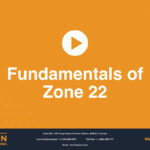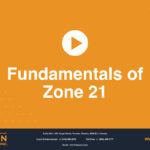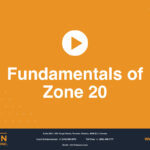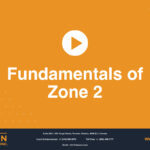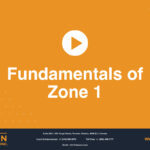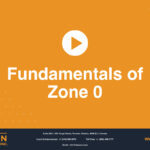Explosionproof VS Flameproof
One of the approaches used to protect electrical devices installed in hazardous locations is based on the principle of containing an explosion, should one take place, even under normal conditions, due to arcing or sparking. There are two names given to the protection technique that contains the explosion: “explosionproof” and “flameproof”.
These two techniques, although similar, are slightly different. In this animation we will briefly discuss:
- the ways in which they are similar but different
- the Standards on which each of these two techniques is based
Both “explosionproof” and “flameproof” protection techniques involve using an enclosure. This means that, even if an explosion takes place within it, the enclosure prevents the explosion from being transmitted to the area surrounding the enclosure.
The differences between explosionproof and flameproof are based on different certification systems and the Standards which apply to them.
The term “explosionproof” applies to hazloc products approved by North American certification agencies using the Class/division system to be used in North America . Requirements for the “explosionproof” protection technique are documented in North American Standards, namely those developed by the Canadian Standards Association , Underwriters Laboratories , or FM Approvals . To get a Class I, Division 1 marking using the explosionproof protection technique, a product must comply with Standard UL 1203 or FM 3615 for the US and CSA C22.2 No. 30 for Canada.
The term “flameproof” applies to hazLoc products certified by International IEC Standards, based on the Zone system. It can also be used by North American certification agencies, based on the Zone system, for products to be used in North America . To get a Zone 1 marking using the flameproof protection technique, Ex d marking, the product must comply with the IEC 60079-1 Standard. If a product is to be installed in a Zone 1 location in North America using the flameproof protection technique, it must comply with the UL 60079-1 for the USA and the CSA 60079-1 Standards for Canada.
Now let’s answer some important questions that you might have about these two different terms.
- Can a product with Ex d marking approved to be used in North America be installed in Class I, Division 1?
The answer is NO. Remember that in order to get a product installed in a Class I, Division 1 area, the product must comply with UL 1203 for installation in the US and CSA C22.2 No. 30 for installation in Canada.
- Can a product with Class I, Division 1 marking be installed in Zone 1 hazardous areas in North America?
The answer is YES. It is allowed as long as the gas groups and temperature class are compatible.
In summary, the protection technique that involves containing an explosion is called “explosionproof” or “flameproof”, depending on which classification system is involved. However, remember that the Standards are different, and the markings are also different. Explosion proof is used for Class/division classified areas and flameproof is used for Zone 1 areas.
Request a Consultation
Complete the form below to get started.

